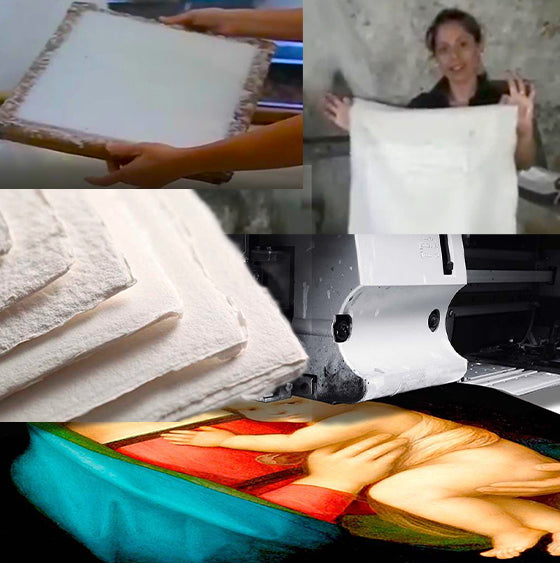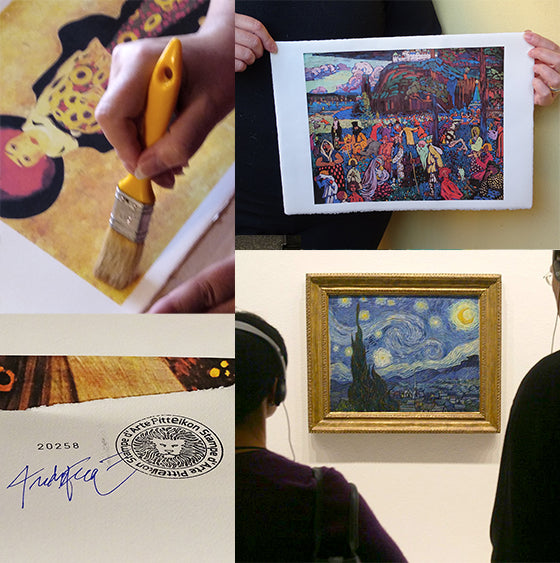
Print by Paul Cézanne - Still life with apples and oranges - 1899

Paul Cézanne - Still Life with Apples and Oranges
Year: 1899 - oil on canvas cm 93x74
Preserved at: Orsay Museum, Paris, France.
Luigi Augusto Cesena was an enterprising hatter who was a member of the populous Jewish community of Cesena. A juicy offer of work and residence led him to Aiz-en-Provence, where he married a worker and in 1839 Paul was born.
Cesena was quick and, with a friend of his, he even managed to successfully manage a local bank.
Little Paul, Emile Zola's inseparable schoolmate (the then famous writer and journalist), he wanted to become a writer (in drawing it was almost insufficient), while Emile, given his own predisposition, was sure he wanted to be a painter.
Zola writes to Cezanne: "your verses are certainly more poetic, truer: you write with your heart, I with your mind".
So? How did the career exchange happen?
In 1858 Zola left for Paris, leaving Cezanne deprived of their all-encompassing friendship. A correspondence made up of poems, oaths of mutual eternal friendship and… drawings, watercolors and sketches begins.
But Cezanne was "undecided about everything" and could not choose between a career in his father's bank and an artistic life.
Cezanne's biography is filled with alternating episodes, experiences, changes of mind, thanks to her fearful and bipolar character.
On the death of his father he consumes the small fortune he inherited and also finds himself in financial straits.
His paintings are derided and harshly criticized (even by Manet who said: "he is a mason who paints with his trowel"), and are systematically rejected by the "Salons". Yet, now in voluntary solitude, Cezanne continued his fundamental work: the "construction of reality".
What has been painted up to now, for Cezanne, is not reality, but repeats the visual and conceptual illusion of man. If we look at two tracks of a railway we see them converge and join in the center, but in reality they are not… the tracks never join. What we see, therefore, is pure illusion.
For this it eliminates the contour mark, does not use the classic perspective, no light cuts. They are illusory elements that Cezanne brings back to the color and structure of the composition. It uses only the primary colors and its derivatives, the light comes only from the brightness of the color and gradually reduces the visual dimensions to two by eliminating the depth.
Create the platform from where Picasso, Braque, Modigliani and others they will be able to continue with Cubism. Locked up in Provence to paint and furiously pursue his formal research, his moment arrives: he is famous and his notoriety reaches the stars.
But this does not matter to Cezanne because he is now ill, depressed and bipolar and spends every day "fighting" with canvas and brushes to finish his "research".
He wrote: “I will always be grateful to those intelligent enthusiasts who - despite my perplexities - have guessed what I wanted to try to renew my art”.
Surprised by a violent downpour, he died of pneumonia at the age of 67.
Perhaps not even aware of having already given birth to a painting that is no longer based on scholastic imitation, and of having created a new, concrete image of the world.




